Manaslu Circuit is one of the most tranquil and beautiful trekking destinations in Nepal. This pristine region is seeing an increasing number of tourists these days. This rise has brought a lot of positive effects on economic growth. However, it has also raised serious environmental concerns and the negative impacts can also be seen.
The increased numbers of visitors raise demands for natural resources which can affect the ecosystems. Besides, there is the issue of waste management. As Manaslu Circuit Trek has drawn the attention of trekking enthusiasts around the world, their large inflow has also resulted in increased plastic waste along the trail.
Furthermore, the expansion of tourism infrastructure is required to accommodate the trekkers. This can result in deforestation. Likewise, soil erosion because of the constant movement of a huge number of visitors and water pollution from increased waste can further degrade the environment.
If proper initiatives are not taken then the quality of life for residents can be affected. One of the important growing concerns is wildlife disturbance. The increased human activities and waste that are difficult to manage degrade the local environment and can disturb rare species of this protected area.
Implementing strategies for environmental protection and community involvement are very important for sustainable tourism on Manaslu Circuit. This can be done by educating tourists about eco tourism practices and their positive impact on the environment. Thus, with the collective effort of authorities, locals and tourists the natural environment can be safeguarded for the future.
Environmental Concerns Due to Increasing Tourism on the Manaslu Circuit
Problems of Waste Disposal
While many trekkers have discovered the Manaslu Circuit which is often described as the hidden gem, the management of waste disposal has been a matter of concern. The problem of increasing waste, which mostly are plastic bottles and food wrappers that are discarded in many along the trekking trails can make the surroundings polluted.
The non-biodegradable wastes take several years to decompose, which affects the fragile ecosystem of the Manaslu Region. This is also because of insufficient infrastructure for the management of waste which has become difficult to handle because of a sudden surge of visitors. Thus, it has become a serious concern environmentally. While the local authorities have taken initiatives there is a need for strengthening these efforts and encouraging trekkers to follow sustainable tourism practices. One of the major problems the region is facing is waste management. Thus, effective disposal solutions are needed to reduce the negative impact on the environment.
Effects on Trail and Vegetation
The surge in tourism has resulted in increasing traffic at Manaslu Circuit. This can affect the trails and vegetation in the long run. The hiking trails of the Manaslu Region can be at risk of soil erosion. The alpine environment is fragile and the constant movement of thousands of trekkers can negatively affect the paths as topsoil gets degraded and can make it unstable.
In addition, the erosion influences the plant life around it and makes it difficult for vegetation to grow again. This loss of plant life reduces the biodiversity of the region and affects the natural environment.
Likewise, the visitors can sometimes wander off marked trails which can harm the sensitive plants and affect the local ecosystems. Thus, the importance of staying on marked trails must be conveyed to every visitor through proper signage and proper guidance.
The initiation to stabilize the trails is required to prevent damage to ecosystems by promoting sustainable practices and making visitors aware of the importance of staying at the marked paths. Likewise, reducing foot traffic by including designated places also helps to protect the eco system. In addition, maintaining the trails and getting local communities involved in monitoring the trails can also ensure the protection of the natural environment.
Disturbance to Wildlife
Manaslu Circuit is a restricted area and is home to several endangered animal species. In this protected and pristine conserved area, rare animals like Musk deer, Jackal, Brown bear, Blue sheep, Himalayan tahr, and Wooly Hare can be spotted.
However, the increased presence of human activities on the Manaslu Circuit has disrupted the habitats of the local wildlife of the area. These species are already affected by climate change and the surge in the inflow of tourists contributes to complicate conservation efforts.
The Noise and large crowds can scare the animals forcing them to natural habitats or abandoning their nests. The increasing human interference can increase human-animal conflicts.
So, it is essential to allow animals to thrive with minimal disturbances. For this strict guidelines on tourist behavior should be regulated and buffer zones should be established to reduce human interference.
Water Contamination
One of the main concerns of increasing tourism in Manaslu Circuit is the contamination of water sources. There is a potential risk of pollution because of improper waste management from trekkers. The streams and rivers serve as the sources of drinking water in the region. However, the increased flow of visitors means that waste management can be difficult which can contaminate the water creating health hazards.
The non-biodegradable wastes and plastics in rivers and streams along the trail pollute the water. This will affect the locals, and tourists and lead to the degradation of the environment.
In order to alleviate the effects of water pollution, it is essential to adopt better sanitation practices by installing waste-disposal stations and educating trekkers on how to properly dispose of ways to reduce the chance of water pollution.
Cultural and Social Impact
The rapid growth of tourism can alter the traditional lifestyles of the local communities in trekking areas. Generally, the villages are dependent on farming and animal husbandry. However, the traditional way of life can change and move into economies led by tourism, providing teahouses, guiding services, and souvenir sales.
While this can indeed bring improvement in living standards the traditional practices can also be lost in the process as local communities adapt to meet the demands of the increased number of visitors.
The younger generation may drift away from jobs in this industry and opt for establishing the modern lodging system rather than continuing the heritage of their ancestors. This is a world of globalization. Explorations and gaining new insights about the culture are also important parts of growing and learning.
While cultural exchanges should always be encouraged, it is also essential to conserve the authentic heritage of the region. Thus, local authorities need to ensure that the tradition and culture are well preserved and remain intact.
One of the major objectives of tourists visiting restricted and remote areas is to experience the authentic life. So, for long-term sustainability, it is essential to encourage the preservation of culture and tradition and pass it on to younger people who will be protectors of the heritage preserving it for future generations too.
Climate Change and its Impact on Sustainable Tourism on the Manaslu Circuit
Climate change is one of the major concerns which is negatively impacting the environment. Researchers have conducted many studies about climate change and its impact on tourism of the Manaslu region. The researchers have concluded that there have been changes in the weather patterns like increasing temperature, irregular rainfall patterns and a decrease in snowfall.
The number of tourists In the Manaslu Region is increasing currently because of tourism promotion and increased awareness. However, climate change can threaten tourism sustainability. The locals residing in this region have observed climate change with many citing unusual patterns of rainfall affecting the environment.
Furthermore, unpredictable and extreme weather can damage the infrastructure of the region. In addition, it can affect biodiversity of Manaslu Region. It is difficult for species to adapt to sudden weather changes creating disbalance in the ecosystem.
Thus, It is essential to have proper strategies to mitigate adverse impacts. Ensuring sustainable resource use and bringing awareness among tourists and the local communities is crucial for securing long term resilience against climate change.
Possible Ways to Contribute to Environmental Preservation
The various initiatives required for waste management and promotion of responsibility along the Manaslu Circuit. The local communities and authorities have been collaborating in raising awareness of the environmental challenges associated with trekking. However, the support of visitors is equally important to decrease the negative impact of increased tourism on the Manaslu Circuit.
Here, are some guidelines that visitors can follow to preserve the environment of the Manaslu Region:
- Follow the “leave no trace” policy.
- Promote the use of eco friendly trekking equipment such as reusable water bottles and biodegradable products.
- Pack the nonbiodegradable waste to the designated disposal site or back to city areas where there are garbage bins.
- Use water purification tablets or refill the water at the teahouses to reduce the use of plastic bottles.
- Trek only through marked trails. This is essential for not harming the natural environment and also ensuring safety during Manaslu Circuit Trek.
- Avoid picking plants and flowers along trekking trails.
- Keep a safe distance from wild animals.
- Pack thoughtfully and make sure to bring only the required essentials.
- Stay at teahouses that are eco friendly.
- Book trek package with responsible companies that follow sustainable tourism practices and promote Eco Friendly tourism.

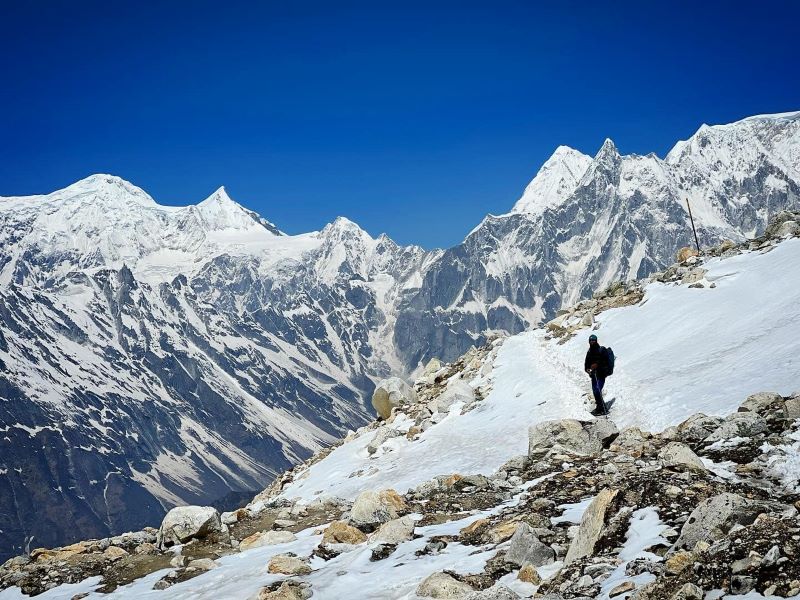
 Saturday, August 30th, 2025
Saturday, August 30th, 2025
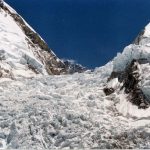 Wednesday, August 27th, 2025
Wednesday, August 27th, 2025
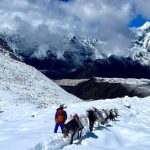 Wednesday, August 20th, 2025
Wednesday, August 20th, 2025
 Wednesday, August 20th, 2025
Wednesday, August 20th, 2025
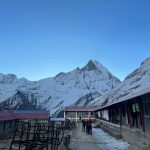 Wednesday, August 13th, 2025
Wednesday, August 13th, 2025
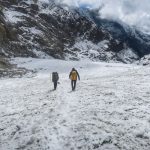 Wednesday, August 6th, 2025
Wednesday, August 6th, 2025
 Monday, July 7th, 2025
Monday, July 7th, 2025
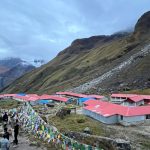 Thursday, July 17th, 2025
Thursday, July 17th, 2025
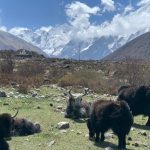 Monday, July 7th, 2025
Monday, July 7th, 2025
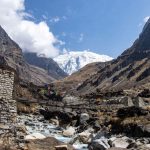 Friday, May 9th, 2025
Friday, May 9th, 2025
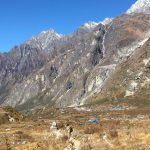 Saturday, June 14th, 2025
Saturday, June 14th, 2025
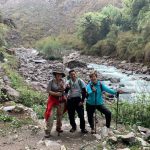 Wednesday, June 25th, 2025
Wednesday, June 25th, 2025
 Tuesday, August 5th, 2025
Tuesday, August 5th, 2025
